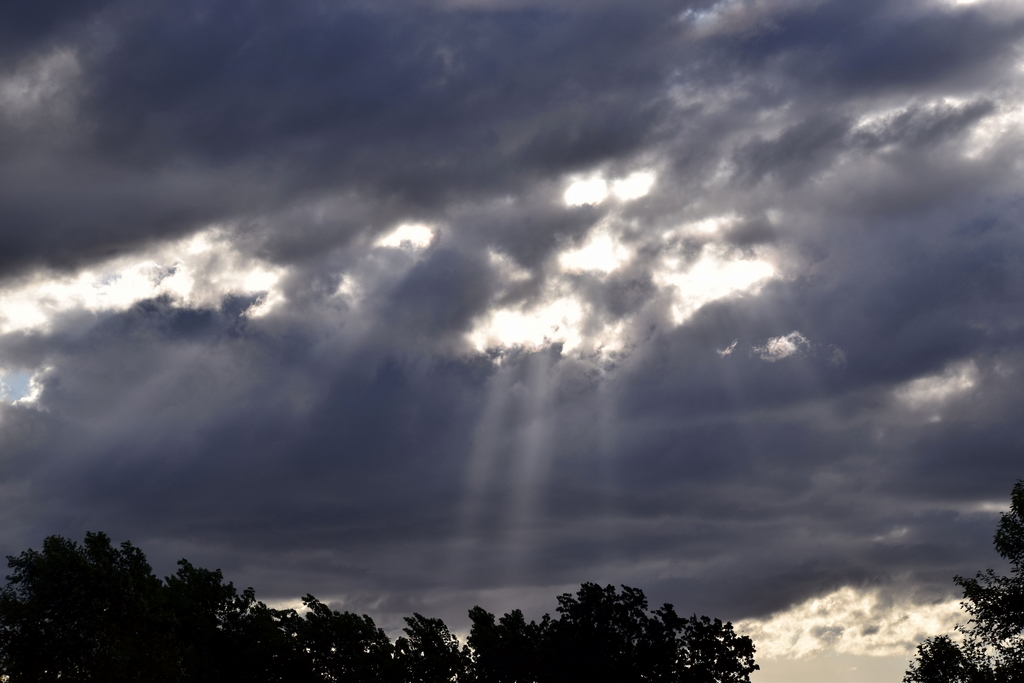Drought Busting


Over the past two years, WaterShapes has devoted considerable coverage to the drought, and for good reasons that have become familiar to anyone who’s been paying attention to the issue. Still, there is some cause for optimism with the arrival of recent drought-busting storms.
By Eric Herman
A good friend of mine recently accused me of being something of an alarmist when it comes to the subject of the drought. And, yes, I have devoted many words and column inches to the subject; so, to an extent, I confess guilty as charged.
Alarmist or not, the drought has been, and continues to be, a problem of potentially profound impact for society at large, and particularly for an industry that depends on reliable water sources for its very existence.
Fortunately, there has been some good news of late. Recent storms that have drenched California and much of the entire Western U.S. have resulted in rapidly rising reservoir levels, in some cases above the annual average for this time of year, and the all-important Sierra snowpack is currently at a record level. Water agencies in California have already announced that they will increase water deliveries to both cities and agricultural areas, all most-welcome news.
Of course, all the rain comes at a dear price. At least 20 people have died as a result of flooding. Mud and rock slides in areas previously hit by wildfires have causes widespread damage measuring in the tens of millions. Too much water can certainly be every bit as big a problem as not enough. Certainly, people in regions prone to annual flooding know this all too well.
Nonetheless, the drought-busting storms come as a relief to a region that has experienced historic drought conditions over the past two-plus decades. For now, at least, fears of reservoirs running dry and all that goes with those shortages, have to some extent been allayed.
Still, many important reservoirs remain far below capacity and it remains uncertain if the wet weather will continue through the remainder of the rainy season. The brutal fact is, despite the recent relief, the drought may not be over. Looking at weather patterns over the past several years, it’s close to certain that dry conditions will return, because they always have.
This is why, as a society, we shouldn’t stop efforts to bolster water supplies through methods such as desalination, waste-water reuse and groundwater management. In the past, when the drought has been temporarily put on hold by intermittent periods of wet weather, there’s been an unfortunate tendency to place those measures on the back burner or abandon them completely.
I hope that changes, because the next time we find our reservoir levels plummeting to record lows, it sure would be nice to be more prepared.









